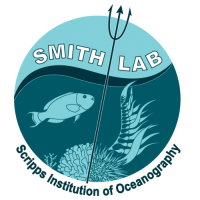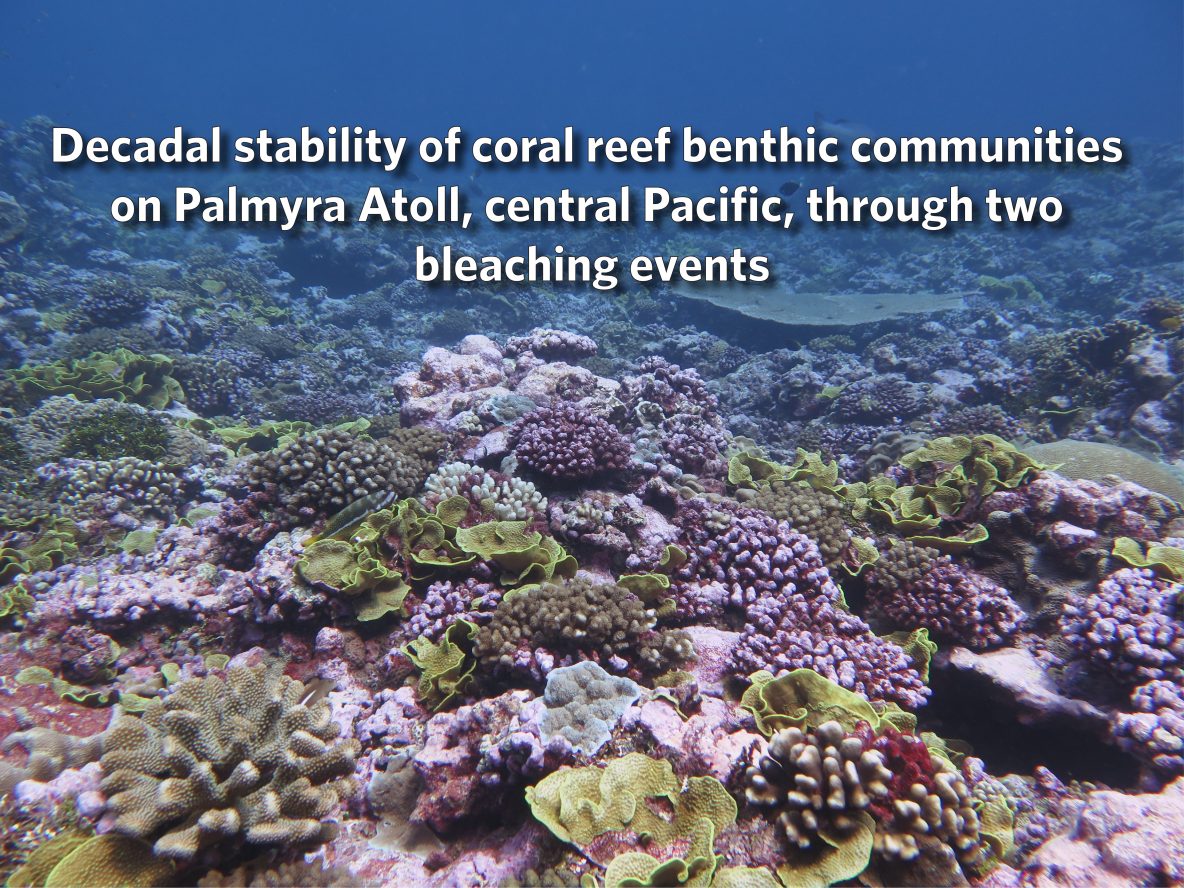Although many coral reefs are facing devastating declines due to global climate change, some reefs, such as at the remote Palmyra Atoll, are able to withstand and recover from bleaching. This recently-published paper, led by Ph.D. candidate Adi Khen and co-authored by lab alumni/staff with senior author Dr. Jennifer Smith, demonstrates the remarkable resilience of Palmyra’s reefs over the past … Read More
Smith Lab participates in first-annual (virtual) California Seaweed Festival
Smith Lab will be involved in the first-annual “California Seaweed Festival” taking place virtually from Nov. 16-21, 2020. This is a free event bringing together scientists, artists, entrepreneurs, farmers, and seaweed-enthusiasts alike to celebrate the importance, diversity, and beauty of seaweeds. Professor Jennifer Smith will be a panelist for Seaweed Science; staff member Brant Chlebowski will be presenting on Seaweed as Food, and PhD … Read More
Video Talks for Global Coral Reef Week by PhD Students Adi Khen and Orion McCarthy
While COVID-19 has changed our daily lives as scientists in many ways, certain aspects of this new reality are allowing us to connect with one another more than ever before. “Global Coral Reef Week” is a virtual conference that took place in early July 2020, where Smith Lab PhD students Adi Khen and Orion McCarthy shared talks about their research … Read More
“Scientific Illustration as a Tool to Communicate, Educate, and Motivate” by PhD student Adi Khen
Smith lab PhD candidate, Adi Khen, recently wrote a blog post for Climate Science Alliance (an organization associated with the Center for Climate Change Impacts and Adaptation at Scripps Oceanography) in which she discusses the intersection of science & art; or more specifically, the use of scientific illustration as a tool for communicating research, educating people, and motivating change. Click … Read More
Adi Khen on The Importance of Art to Communicate Science
Smith lab PhD candidate, Adi Khen, recently wrote a blog post for the Climate Science Alliance in which she discusses the importance of art in communicating science to a broad audience. Click here to read her post! For more great artwork by Adi, check out her website here!
Smith lab & colleagues publish new paper looking at zooplankton on coral reefs
Most coral reef scientists study charismatic organisms, such as corals and fish, while very few scientists focus on plankton. Since coral reefs have an abundance of beautiful and colorful creatures, small and inconspicuous plankton may be less attractive to many coral reef scientists. Of the few existing coral reef plankton studies, most of them are either bacterioplankton or phytoplankton, which are “relatively” … Read More
The CAU Slaughterhouse Chronicles
By Adi Khen As a first-time volunteer at the Smith lab, I got to be involved in one of the most exciting parts of data processing: drying, weighing, acidifying and, basically, slaughtering CAUs! Let me explain… CAU stands for Calcification Accretion Unit, or in this case a set of two stacked PVC tiles that are used to measure carbonate … Read More







